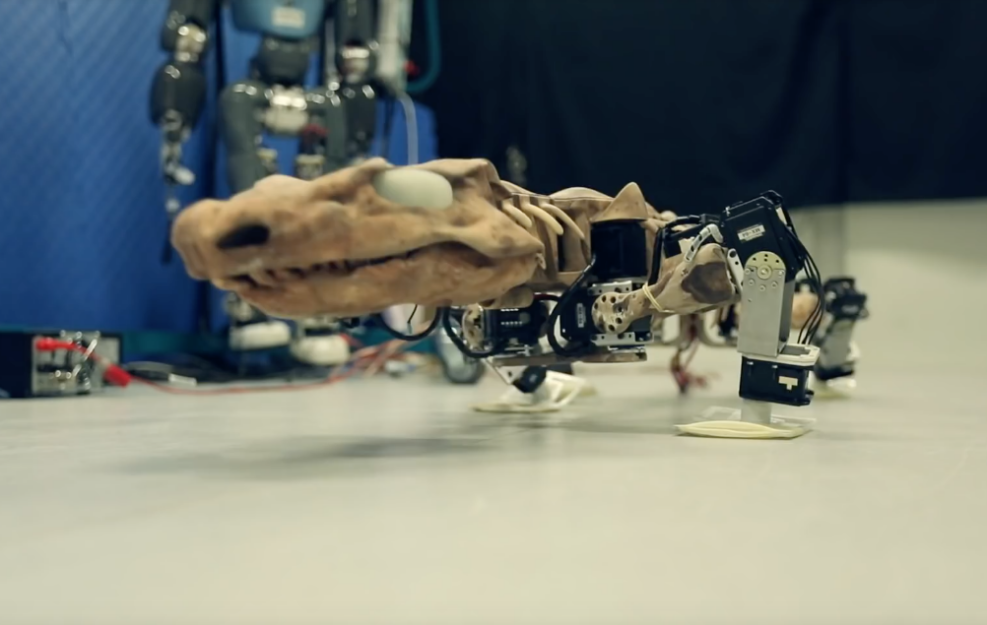
Study: Monkeys, Not Humans, Likely Made Ancient Brazilian Tools
The stone objects, dated from 50,000 years ago, look like the ones made by capuchin monkeys todayThere’s a danger in looking too hard for evidence of our ancient ancestors. Sometimes we could be seeing things that aren’t there. One group of stone tools from 50,000 years ago could, it is now suggested, have been made by monkeys: Excavations at Pedra Furada, a group of 800 archaeological sites in the state of Piauí, Brazil, have turned up stone shards believed to be examples of simple stone tools. Made from quartzite and quartz cobbles, the oldest ones appear to be up to 50,000 years old, which would put them among the earliest evidence of human habitation in the Western Hemisphere. However, the tools also bear a striking resemblance to the stone tools currently made by the capuchin monkeys Read More ›

